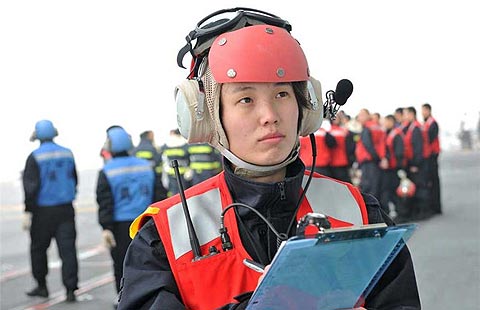Boost to Sino-US military ties
Updated: 2014-04-09 07:14
By Zhao Xiaozhuo (China Daily)
|
|||||||||
US Secretary of Defense Chuck Hagel started his four-day official visit to China on Monday in Qingdao, Shandong province, where he visited China's sole aircraft carrier, Liaoning, which showed Chinese military's sincerity in improving Sino-US military ties by further raising military transparency.
The US should also make more efforts to improve Sino-US military ties. Hagel's visit is the third by a US secretary of defense in a little more than three years - his predecessors Robert Gates and Leon Panetta visited China in January 2011 and September 2012 - indicating the importance Washington attaches to developing military ties with Beijing.
Last year, Beijing and Washington initiated efforts to build a "new type of major power relationship". During their summit at Sunnylands, California, in June 2013, President Xi Jinping and his US counterpart Barack Obama agreed to build a new type of major power relationship to prove that a rising power and an established power are not necessarily destined for confrontation. Based on this understanding, Sino-US military relations have started moving forward in three areas.
First is the frequent exchange of visits between high-ranking military officers. During Defense Minister Chang Wanquan's visit to the US in August last year, he and Hagel held in-depth talks and vowed to take forward the new type of major power relationship agreed by Xi and Obama. As part of the agreement between Chang and Hagel to exchange visits by senior military officers, US Chief of Staff of the Army Raymond Odierno visited Beijing in February, and the Chief of Naval Operations Jonathan Greenert is expected to visit China later this year.
Second, the two countries have held several joint exercises since last year. The Chinese Navy and the Fifth Fleet of the US Navy conducted a joint counter-piracy exercise in the Gulf of Aden in late August. On Sept 9, the two countries' navies dispatched four ships and three helicopters on a joint search and rescue mission in the waters off Hawaii, and on Nov 12-14, the two militaries held a joint humanitarian aid and disaster relief exercise in Hawaii, the first time that Chinese military landed on US territory to conduct a joint drill.
In February this year, the Chinese military for the first time took part in the annual multilateral exercise, Cobra Gold, co-hosted by the US and Thailand. The Chinese military has also accepted the Pentagon's invitation to participate in the biennial Rim of the Pacific exercise this summer.
The third major breakthrough has come on the dialogue and communication front. On July 9, 2013, Beijing and Washington held the third round of Strategic Security Dialogue within the strategic framework of the Fifth Round of China-US Strategic and Economic Dialogue. The dialogue was held a day after the first meeting of the bilateral cyber-security working group under the SSD in Washington. The two sides held in-depth talks on how to improve the working group mechanism, bilateral cyber ties, international cyberspace regulations and other issues of mutual concern. And in January this year, an inter-session of the SSD was held in Beijing where the two countries exchanged views on a range of issues of common concern.
Besides, during his visit to the Pentagon in August, Chang and Hagel agreed to set up an exchange mechanism between the PLA Strategic Planning Department and the J5 Strategic Plans and Policy under the US Joint Chiefs of Staff. They also agreed to make use of such mechanisms as defense consultative talks and military maritime consultative agreements, establish a mechanism to notify each other of their major military activities and to study the rules of conduct governing defense-related maritime activities.
The building of a new type of military relationship is not a measure of expediency but a carefully thought-out decision in the context of the narrowing gap between the US and China. That's why it is expected to be a relationship without conflict and confrontation, and one of mutual respect and cooperation.
Many observers see the Sino-US relationship as the most important and complex bilateral relationship in today's world. The complexity, however, is rooted in common interests and differences. Because of the differences in their social institutions, ideologies, cultures, development levels and other areas, the two militaries may have different or even opposite points of view on quite a few issues. So they should make efforts to expand their common interests and boost mutual trust in order to outweigh the differences and eliminate the risks of confrontation.
In fact, the two sides have already agreed to maintain close communication and cooperation, as part of which they have held more joint military exercises than ever since last year.
The healthy development of Sino-US military relations since last year, however, does not suggest that the countries no longer have any differences. Three major obstacles still threaten to throw bilateral military ties off the track - the US arms sales to Taiwan, reconnaissance missions by US navy ships and aircraft in China's exclusive economic zones, and Washington's National Defense Authorization Act of 2010, which restricts 12 areas of military-to-military exchange and cooperation with China.
To resolve these issues, the two countries need to respect each other's core interests and concerns. Also, they should not allow uncertain factors to compromise the building of a new type of major power relationship. Thanks to the ongoing efforts to forge a new type of military relationship, including frequent exchange of visits by the two countries' military leaders, the development of Sino-US military ties is highly likely to gather momentum.
The author is deputy director of the Center for China-America Defense Relations, the Academy of Military Science, PLA.
(China Daily USA 04/09/2014 page12)

 Chinese schools vie in moot court
Chinese schools vie in moot court
 Australian divers start underwater search for MH370
Australian divers start underwater search for MH370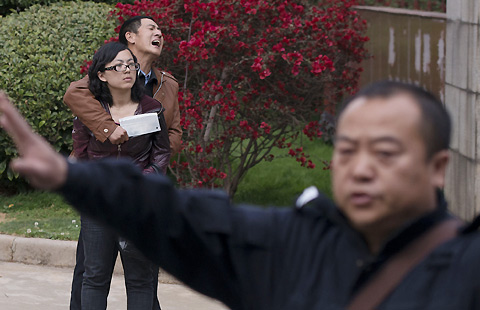
 Cleaver-wielding man subdued after tense standoff
Cleaver-wielding man subdued after tense standoff
 Pro-Russian demonstrators announce Kharkov's independence
Pro-Russian demonstrators announce Kharkov's independence
 Breakdancer 'freezes' in front of Paris landmarks
Breakdancer 'freezes' in front of Paris landmarks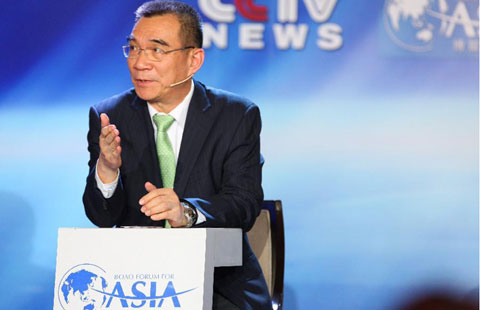
 TV Debate in Boao Forum for Asia Annual Conference
TV Debate in Boao Forum for Asia Annual Conference
 Ming Dynasty 'chicken cup' sells for record $36 million
Ming Dynasty 'chicken cup' sells for record $36 million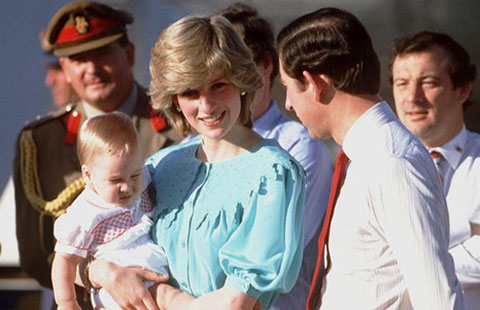
 Simply child's play
Simply child's play
Most Viewed
Editor's Picks

|

|
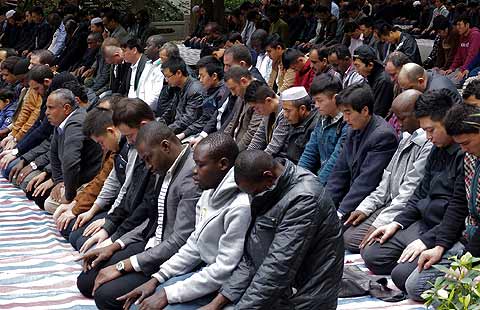
|
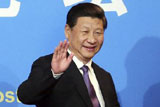
|
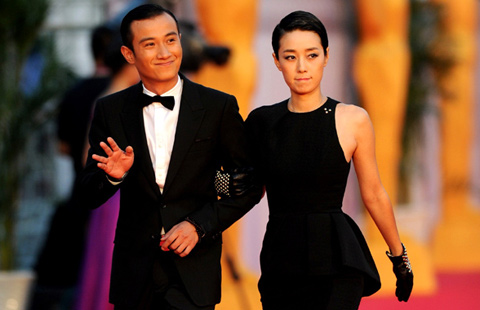
|

|
Today's Top News
Rwandans told 'never again'
Kim Jong Un reelected first chairman of NDC
Blast kills 23 in market on edge of Pakistani capital
Cross-border deals headed south?
Two more 'pings' detected in search for MH370
China urges US to restrain Japan
Moscow warns Kiev of 'civil war'
Asia Society in NYC launches think tank
US Weekly

|

|



